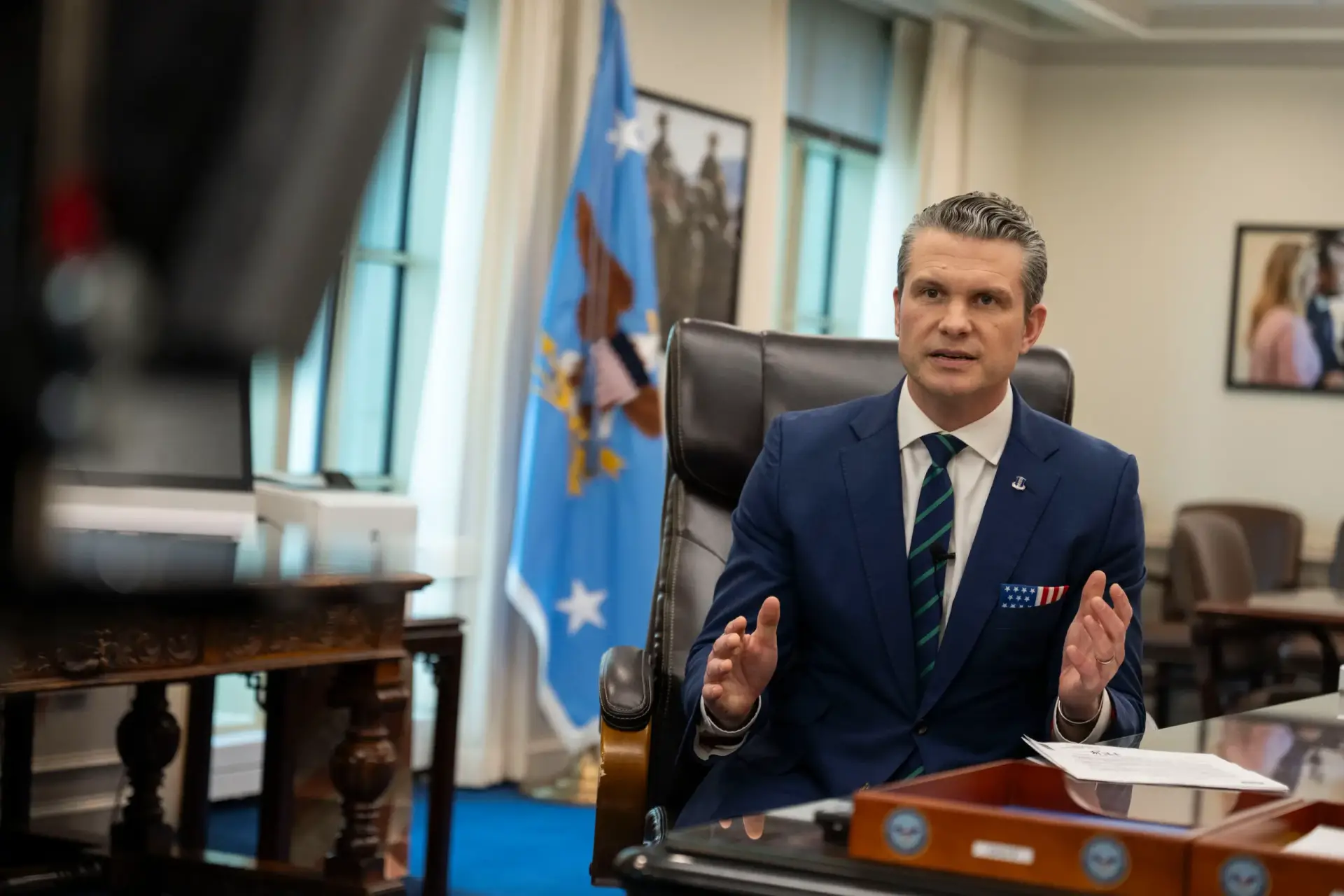The parties have already held three meetings aimed at reaching an agreement similar to the 2015 deal, seeking to contain the Islamic Republic’s nuclear development.

The United States described the latest meeting with Iran in Oman as “positive” on Saturday, while the Persian regime was less optimistic and insisted that there are still “differences” regarding the nuclear issue.
“The third round of talks held today in Muscat was positive and productive. This latest round of direct and indirect talks lasted more than four hours. There is still much work to be done, but more progress was made toward reaching an agreement,” reported the Donald Trump administration, which also thanked Oman for its mediation in the matter.
Shortly afterward, Iranian Foreign Minister Abbas Araghchi told state television that “there are still differences” with the counterpart, and that although “the negotiations were very serious and technical,” the positions have not yet come close enough for a deal.
“I am satisfied with the negotiation and its pace (…) We are hopeful, but cautiously,” he stressed.
This Saturday, US special envoy Steve Witkoff held a third meeting with Araghchi, as part of the negotiations aimed at reviving the 2015 agreement that contained the Persian Republic’s nuclear development but from which the White House withdrew during the first presidency of the Republican businessman.
Now, in these talks, Tehran aspires once again to obtain the lifting of some US economic sanctions in exchange for limiting its nuclear capabilities, while the White House considers it essential that progress on sanctions relief also include commitments regarding Iran’s missile program, an end to support for regional terrorist groups, and even the complete termination of uranium enrichment, requiring the country to acquire it from abroad.
To this end, a group of experts in sanctions, banking issues, and the nuclear field joined the officials this Saturday to delve into the technical aspects of a possible agreement’s implementation.
The US side was represented by Michael Anton, while Iran was represented by Deputy Foreign Ministers Majid Takht Ravanchi and Kazem Gharibabadi.
As in previous rounds, the contacts—which lasted more than seven hours—were held indirectly with Oman’s mediation.
“Questions were raised, and both parties responded in writing,” Araghchi explained about this format of text exchanges, without specifying which issues were discussed.
Oman’s Foreign Minister, Badr bin Hamad al Busaidi, confirmed in recent hours that the parties will meet again next week to continue working toward resolving their differences.
“Both sides identified the shared aspiration to reach an agreement based on mutual respect and lasting commitments and addressed the fundamental principles, goals, and technical concerns involved. Talks will continue next week with a new high-level meeting tentatively scheduled for May 3,” he wrote on his social media accounts.
Nevertheless, despite these statements and efforts, former CIA Director Bill Burns, who participated in the negotiations that led to the deal a decade ago, said on Friday, “Personally, I don’t believe the Iranian regime will agree to zero local enrichment.”
“Expecting the Libya model (2003) is practically ensuring that you will not reach an agreement,” he added.
Keep Independent Journalism Alive
In a world flooded with noise, independent journalism is more vital than ever. We work hard to bring you clear, accurate, and unbiased international news — free from corporate or political influence.If you believe in the power of honest reporting, please consider making a donation. Every contribution, big or small, helps us stay independent and keep the world informed.
Support us via PayPalYour support makes a difference.


